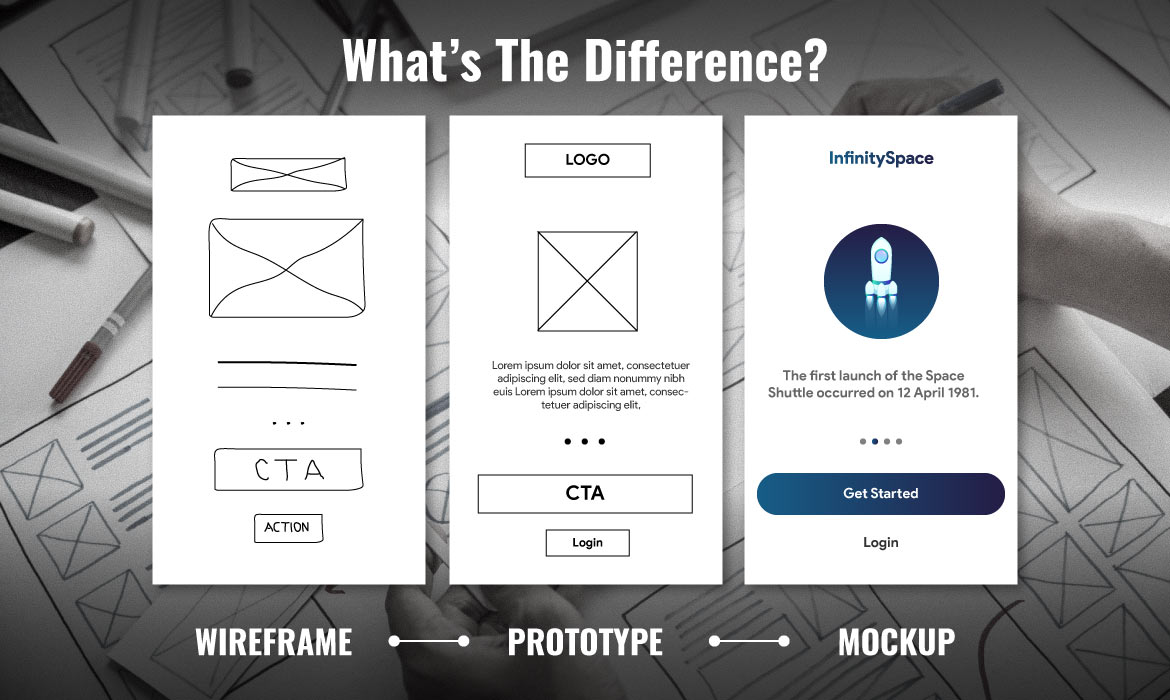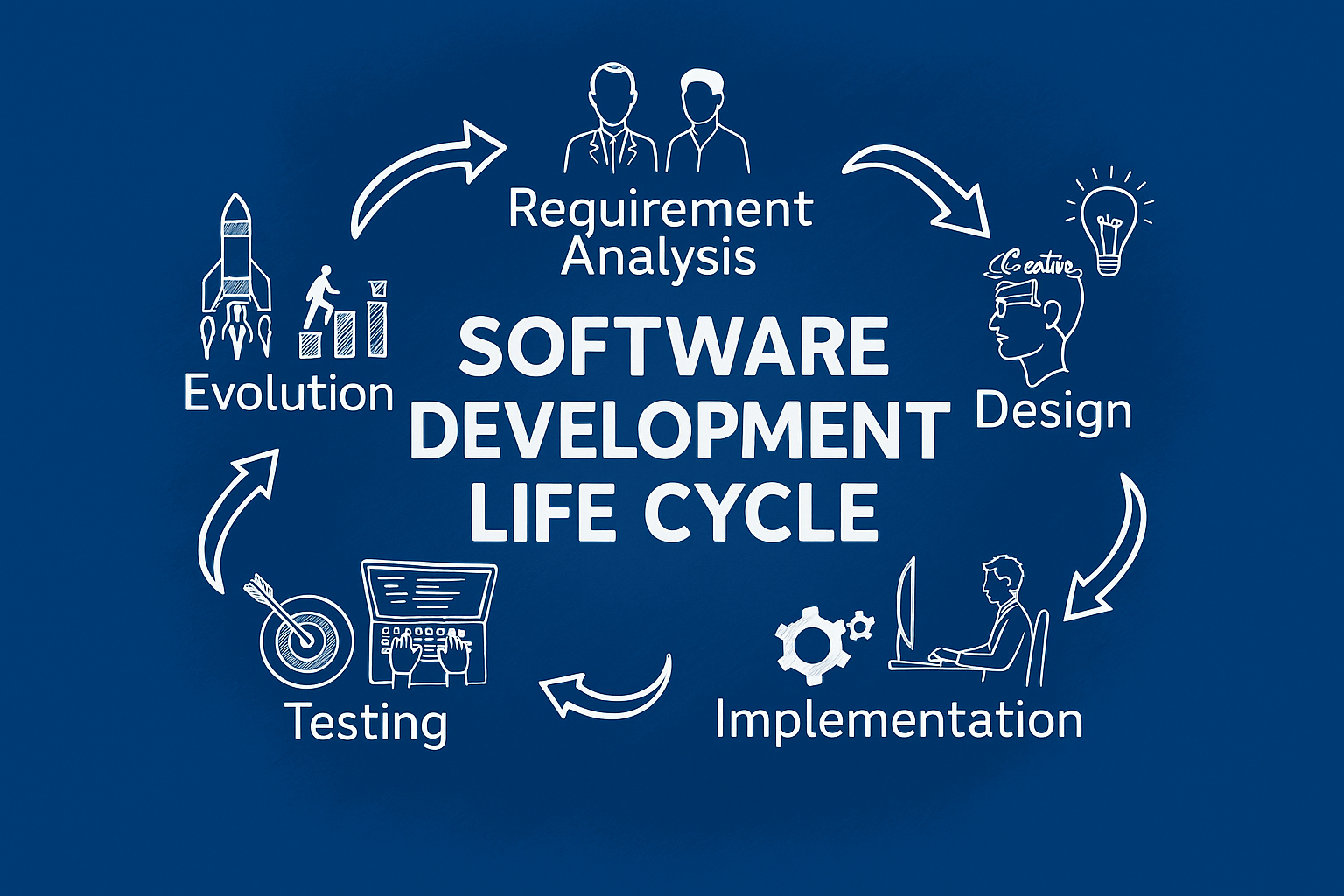


Source: Springboard
The next step in the design process is to define the basic structure and layout of your product through wireframes and interactive prototypes. Sharing a visual representation with stakeholders early on makes it easy to get their feedback and refine the product design before it becomes too expensive.



We use cookies to enhance your browsing experience, serve personalized ads or content, and analyze our traffic. By clicking "Accept All", you consent to our use of cookies.